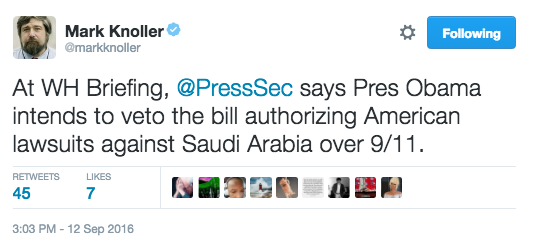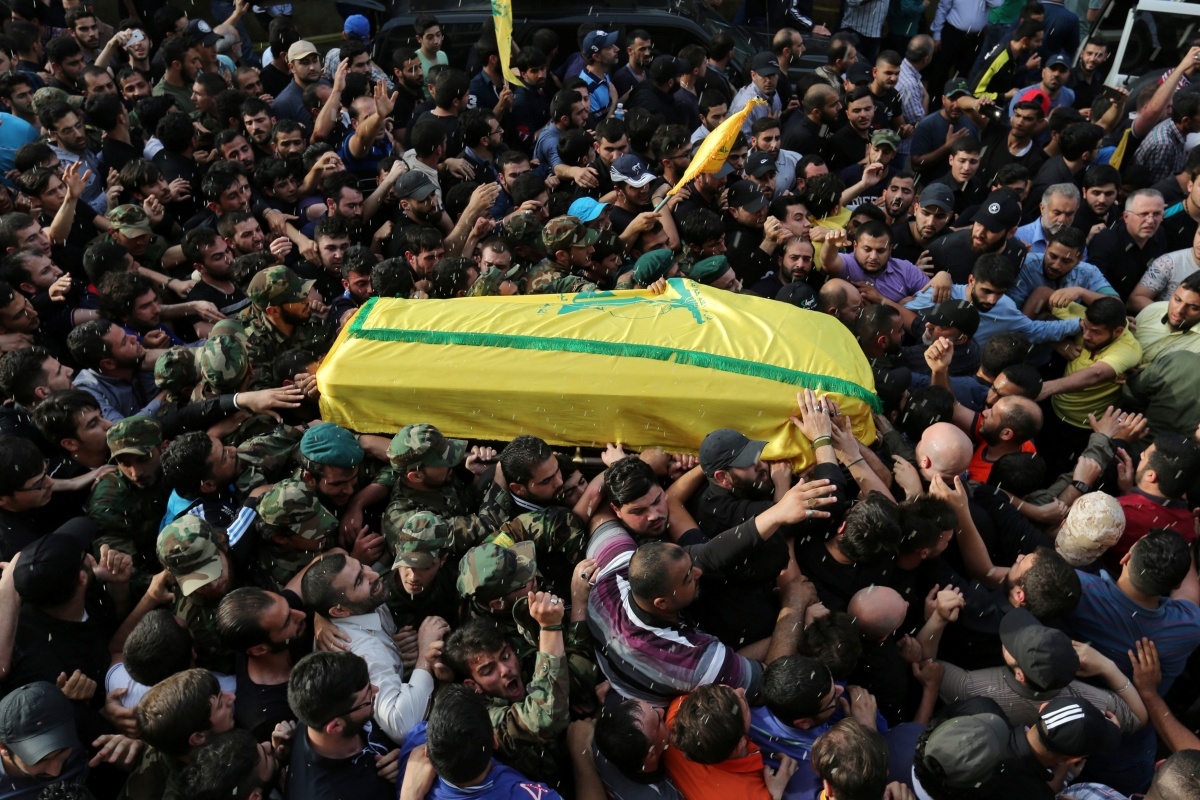Was it one of the Islamic organizations supportive of Barack Obama that funneled the money for Jeh Johnson to pass on to the DNC that allowed Jeh Johnson to assume his Secretary role at DHS? There is no proof, but the question needs to be asked. Mr. Johnson was invited and accepted a role in a recent ISNA Convention directly after the DNC convention.
Click here for the video. Also mentioned in this event were Jesse Jackson and Senator Dick Durbin. This is not the first rodeo for Jeh Johnson when it comes to solidarity with Islamic groups as noted here, where he spoke at the All Dulles Area Muslim Society (ADAMS) Center. As a reminder, the ADAMS Center:
MIM: Mohammed Magid’s failure to condemn the attacks on America could be because his boss and benefactor, ADAMS chairman Ahmed Tontonji is:
“… an Iraqi-born citizen of the kingdom of Saudi Arabia and a key target of Operation Green Quest. Totonji was also named as a defendant in a $1 trillion lawsuit filed by more than 600 relatives of people who died in the 9/11 attacks
He acted as a co-founder and officer of the Saudi-founded/Saudi-funded (and now defunct) SAAR Trust. Additionally, he served as Vice President of the Safa Group and the International Institute for Islamic Thought (IIIT).Officials have linked the non-profit IIIT to Osama bin Laden and al-Qaeda (…)***
CJR: The Executives of the ADAMS Center are very closely aligned with CAIR National. CAIR Executives often flip flop and join one another’s terrorist supporting organization. The ADAMS Center and CAIR National have previously been investigated and/or raided by the FBI. Why would the FBI recruit from Islamic terror organzations for sensitive positions, such as FBI Special Agents and FBI Analysts. The positions require a Top Secret clearance.
The answer is there is no good reason to recruit from terrorist organizations and supporters of terrorist. FBI Special Agent Amylynn Errera, Washington Field Office sent the email to Farooq Syed, ADAMS Center. Farooq then forwarded the email about FBI positions to members of their internal group of supporters. I was provided a copy by a source.The FBI sends these job opening to Islamic terror supporters, yet I would make a multi-million dollar bet that no one from the Tea Party, ACT For America, and dozens of other conservative groups are provided an up front notice of sensitive job positions in the FBI. There are good people within the FBI, but the majority are not properly trained in regards to Islamic terrorism issues. Then there are some who knowingly have relationships with organizations that pose a threat to our national security.The ADAMS Center has previously been raided for their support of terrorism (RAID ON ADAMS CENTER). I encourage readers to contact Special Agent Amylynn Errera and ask her why Islamic terror supporters (per the FBI’s own allegations) are being recruited for TOP SECRET positions within the FBI. Her contact information is at the bottom of the email she sent to the ADAMS Center. More here.
In terms of the Counterjihad movement, the corruption of the American administration creates several problems. If high posts are for sale, they might not be occupied by the best people. Worse, though, they might be bought by the wrong people. The sale of high offices allows a means of influence on our government that is not accountable to the people, especially given that it was handled secretly — and by a political party, not a formal branch of government.
For example, consider the case of Department of Homeland Security czar Jeh Johnson. Johnson is a career public servant. Yet he was able to come up with over half a million dollars in cash to donate to the DNC — and then “feigned disbelief” when he got the job of leading the Homeland Security agency.
How has he used this post? Oddly enough, we were just talking about that the other day. Johnson decided to appear at the conference of a known Muslim Brotherhood front organization, while “fully aware” of its terrorist ties.
As CJ first reported Sunday, ISNA had been considered off-limits to such high-level appearances since the U.S. Justice Department in 2008 designated the group as an unindicted co-conspirator in the largest terrorist financing case in U.S. history and a front organization for the radical Egypt-based Muslim Brotherhood.
Johnson’s spokesman Neema Hakim told CJ that, despite ISNA’s terrorist ties and radical background, Johnson agreed to appear at the event because he considered it an “opportunity” to conduct outreach with the American Muslim community.
“DHS and the secretary are fully aware of past evidence and allegations concerning ISNA and carefully considered them before accepting ISNA’s invitation,” Hakim said.
While there, he shared a stage with a Holocaust denier and a known leader of the Muslim Brotherhood.
Nor was this the only occasion on which he has made moves amenable to the Brotherhood. In June, he testified before Congress admitting that his agency had scrubbed references to Islam from counter-terror materials that they produced. He claimed to have “no idea”how that happened.
Earlier in June, Johnson downplayed the role of a radical Islamist community in the Pulse nightclub shootings. He said that shooter Omar Mateen “was ‘self-radicalized’ without any religious, ideological or operational support from friends, family or others in the Muslim community.” Yet it turned out that Mateen had ties to a known radical imam, one who had served as a bodyguard for the “blind sheikh” who carried out the first World Trade Center attacks. Perhaps it was worth considering that Mateen might have targeted the gay nightclub in part because of the harsh language his mentor used towards “f****ts” in America, and Islam’s duty towards them?
To be clear, we at CounterJihad have no idea where Jeh Johnson got all that money. We have no evidence establishing a causal relationship between the inexplicably large donation from a career public servant and his subsequent support of Brotherhood outlets, or the Brotherhood’s agenda. We cannot even be certain that the documents establishing the donation are themselves fully genuine. We have to be suspicious of them at first face, given that they passed through the hands of pro-Russian actors. More details here.




